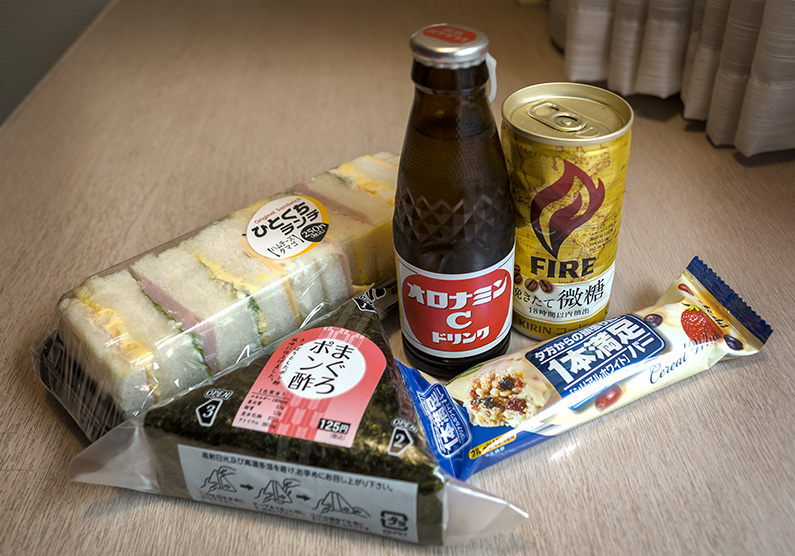For almost 700 years, from the 1100s to 1868, samurai were the ruling political class in Japan. The nobility ruled the courts, and the samurai warriors based their culture on these nobles.
The everyday samurai ruled by the sword, which was their most valuable possession. However as craftsmanship evolved, and discovery of the use of technologies like iron emerged, armour became very important.
Gusoku Style Samurai Warrior Armour
at the Tokyo National Museum

400+ year old samurai armour
In the Edo period armour was carefully preserved as a formality of the warrior society.
This Gusoku type samurai armour with red lacing and gold detail 「金小札紅糸威五枚胴具足, きんこざねべにいとおどしごまいどうぐそく, kinko-zane-beni-ito-odoshi-go-mai-dō-gu-soku」 has been preserved from the Azuchi-Momoyama period (1500 – 1700).
At up to 500 years old, this is actually one of the more recent samurai artifacts that were on display at the Tokyo National Museum. The samurai exhibition was shown in the Japanese Gallery 「本館 honkan」 and showcased many swords and samurai armour, some almost 1000 years old.
Intricate armour such as this were typically worn by senior samurai at formal events, and of course, in battle. However this style of samurai armour was first introduced for samurai of lower rank.
The armour contains iron plates in the weave to protect the most vital parts of the body. Another benefit of the armour was that it is lighter than others, and hence became favoured for use during combat on foot.
Loading map...

View this location (Coordinates: 35.718574, 139.776804) on Google Maps.




